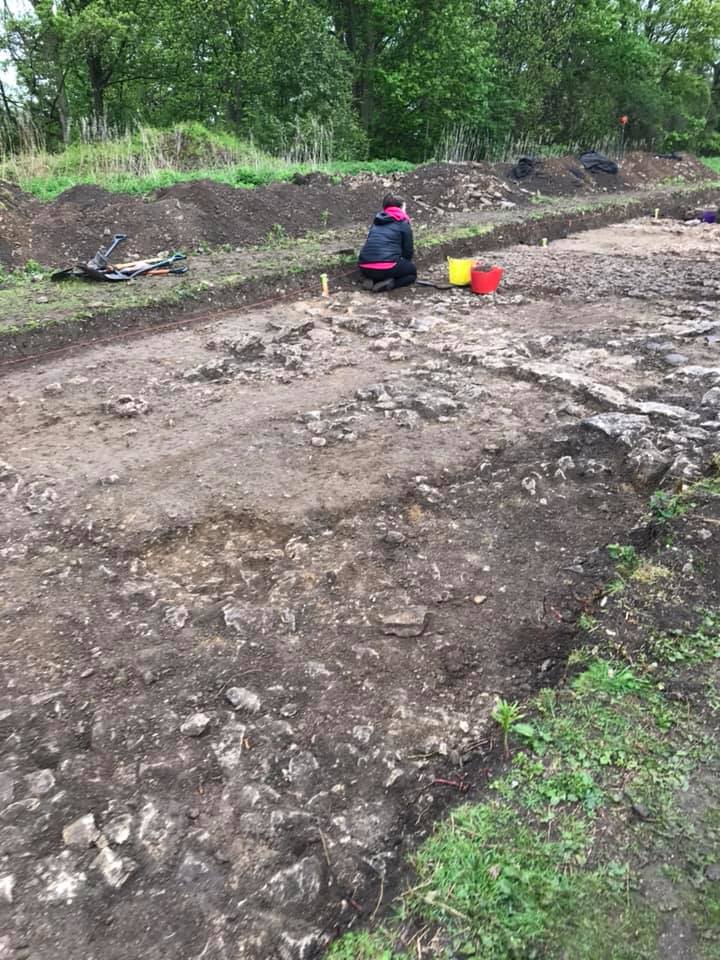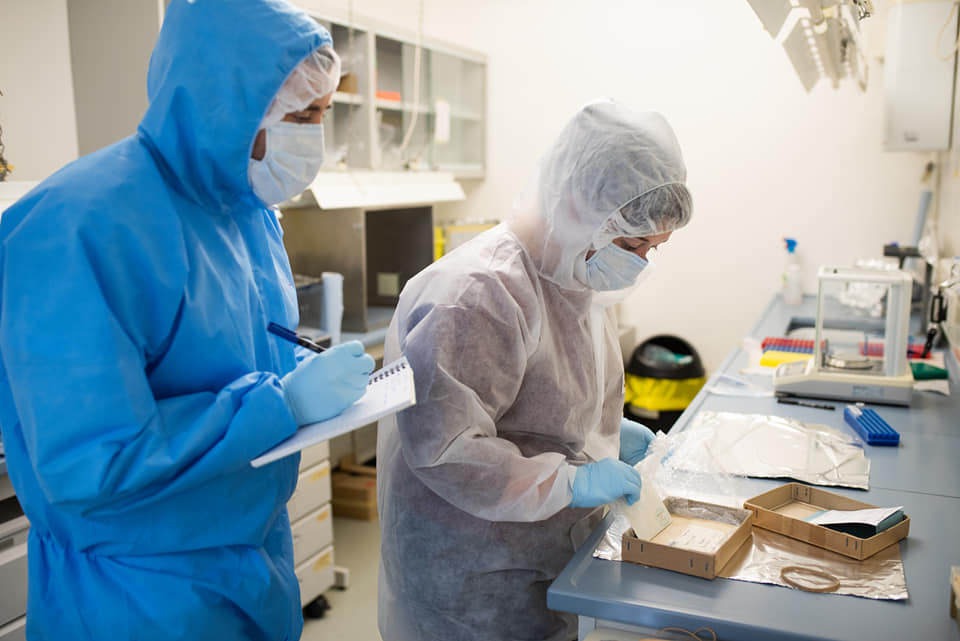
I nervously pressed side button on my phone to light up the notification screen to see it sitting there. The email I had been anxiously awaiting. I put the phone away, convinced it would be a rejection email, almost instantly thought, “sod it”, and opened the email. To my absolute astonishment, it read, We are delighted to offer you a place on the Laidlaw Scholarship Programme, 2019/20. Of course I was amazed and delighted, but little did I know, this opportunity would pave the way towards an incredible, exciting journey.

Let’s go back to the beginning. The Laidlaw Scholarship is a unique opportunity across several universities around the world, open to first year undergraduates in any discipline to undertake a self-led research project under the close supervision of a chosen expert in that field. Funded by Lord Laidlaw of Rothiemay, the scholarship allows students to gain valuable skills that wouldn’t necessarily be taught at undergraduate level (this was definitely the case for my project), as well as in-depth development centers where scholars can learn to harness their skills and identify areas for development. The two year period culminates in a Chartered Management Institute level 5 award in management and leadership. All this as well as a stipend to allow students the chance to really focus on the project and development without having to worry about financial barriers. An all round amazing opportunity.

It was during my first year when I was sorting through my university inbox and spotted an email that had been sitting there for a month. I opened it and read about the opportunity and saw the deadline was coming up fast. I decided when I returned to university as a mature student that I was going to seize every opportunity and really throw myself into it, so of course I had to apply, what did I have to lose? I had never really done any proper ‘sciencey’ stuff but I knew this was the direction I wanted my career to follow and thought this could be a good gateway. So after a lecture on ancient DNA, I went to the front of the theatre and spoke to the unsuspecting lecturer, Dr Nathan Wales. It seemed no one had ever applied for this scholarship from the department and he had an idea for the perfect project that would fit the bill and fit the university research theme of environment and resilience. And here is a summary of the research proposal to give you an idea of what I had the chance to work on!
Historic corn smut: using ancient DNA methods to understand risk to UK agriculture
The aim of this research project is to extract DNA from historic and modern samples of Ustilago maydis, the fungal pathogen responsible for corn smut disease. By analysing genome-wide genetic differences in the historic and modern samples collected in the United Kingdom, it will be possible to ascertain when the pathogen first entered the region and which New World population(s) is ancestral to UK lineages. This analysis has two possible outcomes. If historic and modern pathogens are found to be closely related to many U. maydis populations across the Americas, it would suggest that the movement of maize diseases into the UK has occurred countless times from many dispersal routes. Alternatively, if the UK strains are exclusively related to one population from the New World, we could infer that the disease dispersal is limited by trade or other factors. For instance, it is plausible the U. maydis lineages from the United States are suited to cold winters, similar to those in the UK, thereby making it pre-adapted to Northern Europe. This would open the door for government-affiliated organisations that monitor crop pathogens to investigate what can be done to prevent further introductions of the pathogen. A “shotgun” sequencing approach will provide an unbiased assessment of recent gene evolution in the UK, revealing whether U. maydis is becoming more virulent. I anticipate my findings will encourage further research into agricultural resilience and how the UK can invest resources into the protection and sustainability of cereals in the future, key goals which supports the university research theme “Environment and Resilience”. With a focus on food security and sustainability, this research project would aim to assist in the development of methods and techniques to tackle agricultural vulnerability.
To my surprise, after a rigorous interview process, I was offered a place on the programme and became the first person in the department of Archaeology to become a Laidlaw Scholar. Before the research commenced, I attended a series of leadership and personal development centers. This involved some really in-depth activities which gave the scholars the chance to really dig deep into our personalities and leadership styles. I learnt an awful lot about myself in those development centers and I was able to take the information and feedback from the brilliant staff forward and use it to my advantage. I realised where my strengths were, no prizes for guessing presenting and networking were high up on the list, and I realised areas for improvement and could begin working on them. I learnt some valuable leadership tools and took part in some interesting sessions on teamwork. I won’t lie, some of it felt like therapy, drawing images of my life journey so far and identifying hurdles I have had to overcome and delving into just how I overcame them. But all of this combined with a big essay on my leadership style and personal reflection finished with a certificate from the CMI which I can pop on my C.V. and use the skills I took with me in my future career.

The research portion of the project was probably more daunting than the development centers. I felt some real imposter syndrome on the first day in the ancient DNA lab. Putting on the white suit and entering the lab, I was put through my paces and thrown straight into learning ‘on the job’. I had acquired my samples from the Food Environment Research Agency and from Kew Gardens Herbarium and I’d just like to stop here and say a huge thank you to those involved from those organisations, who really took the time to make me feel at ease in the process and spent a lot of time helping me along the way. Learning the skills in the lab really opened up my eyes and made me realise that maybe, after a lifetime of arts and humanities, it would actually be possible to follow my dream of combining those skills with a scientific career. Our project is still ongoing and has become wider with more students analysing the data and writing up the results, I’m excited to see where it goes. Now the scholarship has ended and I’m entering the final stage of my degree, I know I don’t want a career in ancient DNA, and that was never the plan, but that’s not the point here, the point is what I have gained from the scholarship. I am extremely overwhelmed with gratitude for all involved for giving me the kick start I needed to actively pursue my goals. The confidence I gained by getting the scholarship and completing it spurred me on to nervously make contact with the people I wanted to work with going forward and by some magic, it worked and I am on my way to the career of my absolute dreams. It gave me the confidence to work and present at a number of science festivals on topics I never thought I’d be able to communicate, from micropropagation to isotopic analysis and even prehistoric cheese-making , starting my journey as a science communicator. Who knew that checking my emails that day and making the decision to apply would lead me to the path I’m on now. Never in a million years did I think I would be in a lab performing shotgun sequencing (I didn’t even know what that was a few years ago) on some ancient samples of a fungal pathogen, and that is not something that is normally done at undergraduate level so I know how lucky I am to have had the chance to do so. I suppose my closing message, as always, is just take those opportunities. If they feel right, don’t hesitate, just take the leap, they may lead you down some extraordinary roads.

For more information on the Laidlaw Foundation please visit:
The Laidlaw Foundation – Because education can change lives.
And here is me bumbling my way through my first ever podcast interview as part of the scholarship programme:
What Motherhood Teaches About Leadership – Charlie Bingham | Laidlaw Scholars Network
